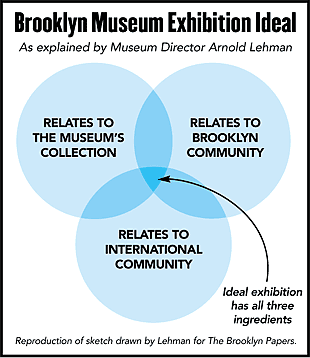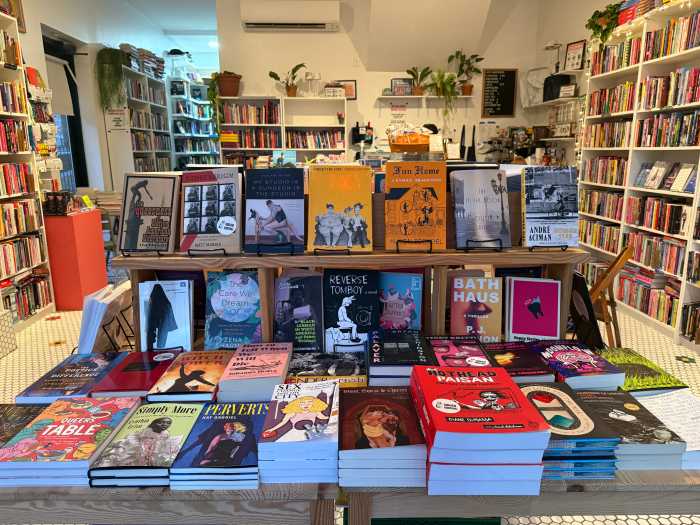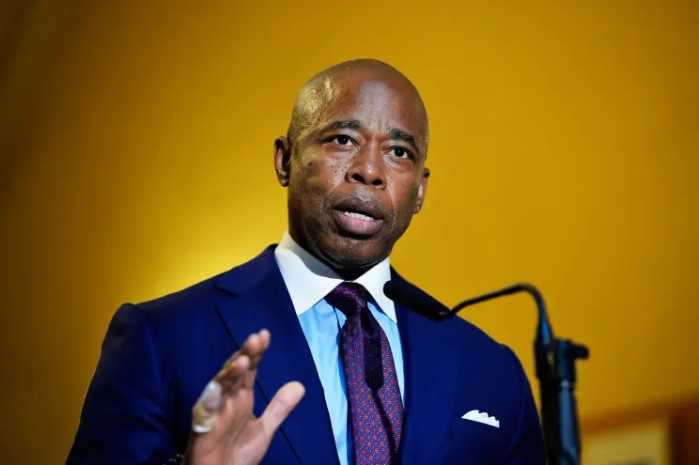News coverage about a curator shuffle at the
Brooklyn Museum suggested that the museum’s exhibition schedule
would soon become a bleak array of drivel targeted to the lowest
common denominator.
But that’s as likely to happen at the Prospect Heights institution
as a visit from Picasso.
In fact, the curatorial reorganization (read
news story) is more likely to be a boon to the museum’s
fans, ensuring that more exhibits — culled from the museum’s
vast collection — will be displayed instead of much-maligned,
memorabilia-heavy shows rented from other museums in past years,
such as “Star Wars” and “Hip-Hop Nation.”
The museum’s reorganization may even end up attracting more
visitors, including first-timers — and that’s good news,
Museum Director Arnold Lehman told me in an exclusive interview.
“Reaching out to broader audiences should be seen as a huge
accomplishment, not as a crime,” Lehman said. “One of
my greatest regrets is that so many of my colleagues feel that it
is a crime. This is a tax-supported institution. Everyone who pays
taxes deserves the same treatment, same accessibility, and the same
opportunity as the person who gives us a million dollars.
“We have among the youngest and certainly the most diverse
audiences in America, and I think that’s something to be really
proud of,” he added. “We’re not forsaking our traditional
audiences, believe me. But at the same time, we have audiences who
are coming to this institution that have never come before …
People, I guess, feel easily threatened when they see people they
don’t expect to see in a museum. But they should be thrilled,
not upset.”
Walls come down
Like most innovations, necessity was the mother of invention. With
finances looking grim, Lehman said he — along with Deputy Director
of Art Charles Desmarais and Chief Curator Kevin Stayton —
was forced to reorganize the curatorial staff in July. Under the
new alignment, the museum’s 18 curators have been divided into
a “collections division” of 15 curators (and their staffs),
helmed by Stayton, and an “exhibitions division” of three
curators (and their staffs), plus education and design personnel,
helmed by Desmarais.
Canning the century-old system of museum departments (such as Egyptian,
Asian, American, and others) in exchange for lumping all curators
into one of two divisions may sound like a huge change, but it’s
actually not, Lehman said.
“The collections curators are going to be doing 99.9 percent
of what they’ve been doing right along,” he said. “We’re
not creating mega-departments … This will bring people together
so that they have a chance to have discussion and dialogue with
one another.”
 |

























